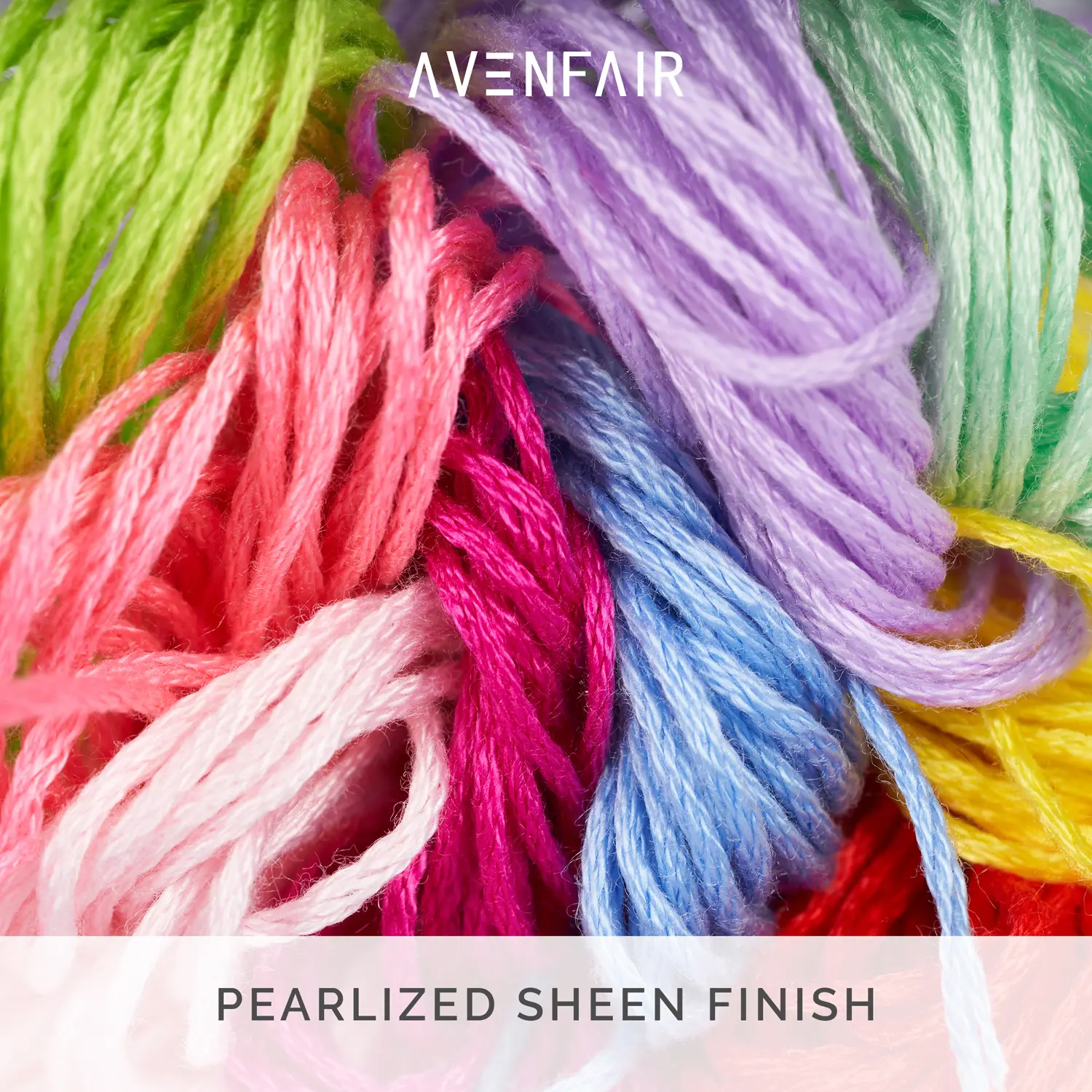Top 10 Embroidery Thread Types and Their Best Uses

Top 10 Embroidery Thread Types and Their Best Uses
Introduction
When it comes to embroidery, your thread isn't just a tool—it's the main character of your design. Choosing the right thread type can dramatically change the look, texture, and longevity of your project. This guide covers the ten most popular embroidery thread types, breaking down their characteristics and best uses so you can stitch with confidence.
Why Thread Choice Matters
Every project has its own personality, and your thread should match it. The thread's fiber, sheen, thickness, and durability all influence how your final piece looks and feels. Using the right thread avoids common issues like fraying, color fading, or poor coverage, helping you create professional-quality work every time.
Quick Overview of the Ten Types
- Cotton Floss
- Silk Thread
- Rayon Thread
- Wool and Wool Blend
- Metallic Thread
- Linen Thread
- Polyester Thread
- Variegated Thread
- Nylon Thread
- Specialty Blends
1. Cotton Floss
Features: Soft, matte finish with six easily separable strands. Versatile and beginner-friendly.
Best for: Cross-stitch, surface embroidery, hand embroidery samplers.
Avenfair Highlight: Avenfair's premium cotton floss offers a rich color range with smooth glide, ideal for both beginners and pros.
2. Silk Thread
Features: Rich sheen, naturally strong, and very smooth. Luxurious texture.
Best for: Fine details, heirloom-quality pieces, elegant monograms, and silk ribbon embroidery.
3. Rayon Thread
Features: Extremely high shine, vibrant colors, but slightly slippery to handle.
Best for: Machine embroidery, decorative accents, and bold monograms.
4. Wool and Wool Blend
Features: Soft, bulky texture with visible depth. Slightly rustic.
Best for: Crewel embroidery, textured patterns, needlepoint, and punch needle projects.
5. Metallic Thread
Features: Reflective, shimmery finish. Slightly stiff and prone to fraying if mishandled.
Best for: Accents, holiday decorations, festive designs, and eye-catching embellishments.
6. Linen Thread
Features: Strong, durable with a natural, rustic appearance. Slightly rough texture.
Best for: Folk embroidery, historical reproductions, and minimalistic designs.
7. Polyester Thread
Features: Colorfast, highly durable, moderate sheen. Budget-friendly option.
Best for: Machine embroidery, items that require frequent washing like clothes or linens.
8. Variegated Thread
Features: Color transitions along the thread for natural gradient effects.
Best for: Landscape embroidery, abstract patterns, and samplers.
9. Nylon Thread
Features: Strong, flexible, and slightly stretchy. Available in shiny and invisible options.
Best for: Specialty crafts, beadwork, and high-tension designs.
10. Specialty Blends
Features: Includes unique threads like glow-in-the-dark, holographic, and hand-dyed blends.
Best for: Experimental pieces, themed embroidery, and personalized gifts.
Comparison Table
| Thread Type | Fiber | Ply | Sheen | Needle Size | Best Use |
|---|---|---|---|---|---|
| Cotton Floss | Cotton | 6 | Matte | #24-26 | Everyday hand embroidery |
| Silk | Silk | Varies | High sheen | #9-11 | Fine detail, heirloom pieces |
| Rayon | Synthetic | 6 | Very high sheen | #9-11 | Machine embroidery, bold accents |
| Wool | Wool/Blend | 4+ | Matte | #18-22 | Texture-rich designs, crewel |
| Metallic | Blend | Varies | Shiny | #20-22 | Accents and festive projects |
| Linen | Linen | 3–6 | Low sheen | #22-24 | Traditional folk designs |
| Polyester | Synthetic | Varies | Medium sheen | #9-11 | Durable, washable items |
| Variegated | Mixed | 6 | Mixed | #24-26 | Color-blending effects |
| Nylon | Synthetic | Varies | High sheen | #9-12 | Strong, flexible crafts |
| Specialty Blends | Mixed | Varies | Varies | Varies | Novelty and themed projects |
Tips for Mixing Threads in One Design
- Combine Matte and Shine: Mix cotton floss with metallic thread for subtle highlights.
- Layer Textures: Use wool for background depth and silk for focal points.
- Play with Color Variations: Variegated thread can add beautiful gradients when paired with solid colors.
- Balance is Key: Don't overload a design with too many thread types—let each stand out.
Conclusion
Embroidery is about more than just patterns—it's about texture, shine, and how threads interact on fabric. By understanding thread types, you can elevate your work from simple to stunning.
Which thread type is your favorite? Have you mixed different threads in one project? Drop your experiences in the comments!
Explore more: Avenfair's thread collection has everything from basics to specialty blends to help you bring your creative vision to life.